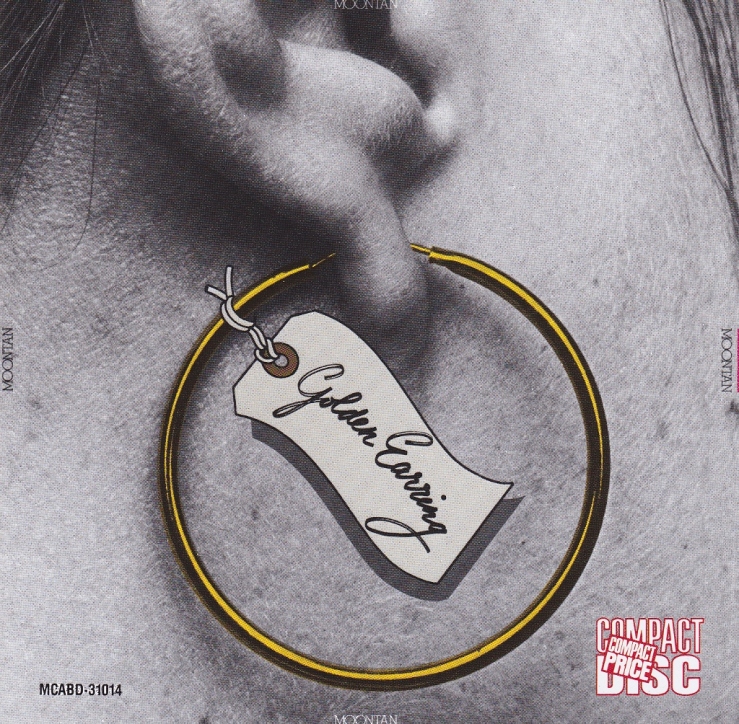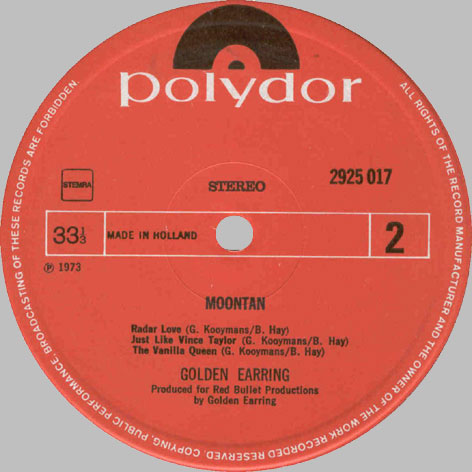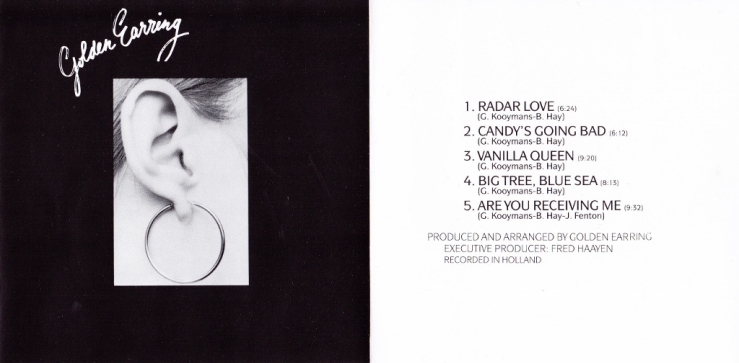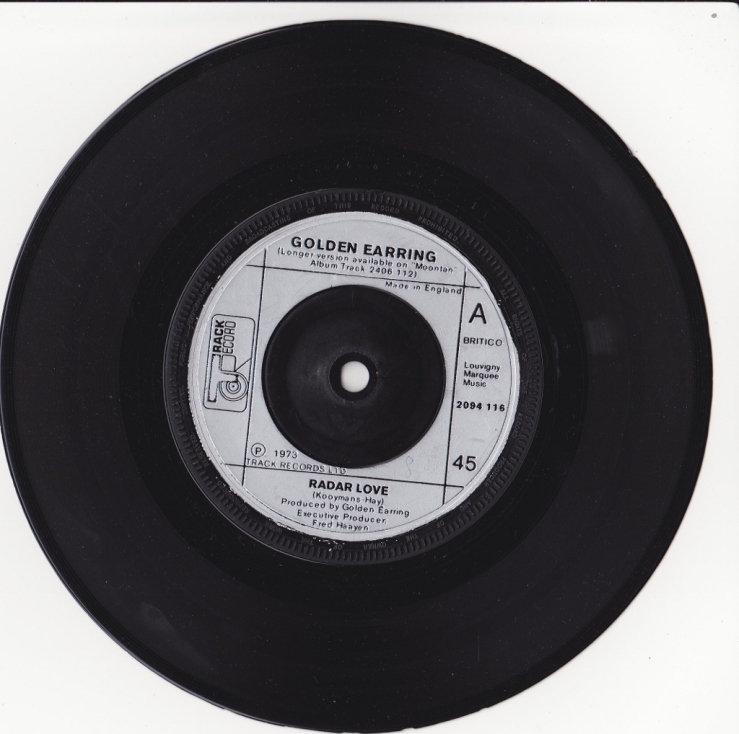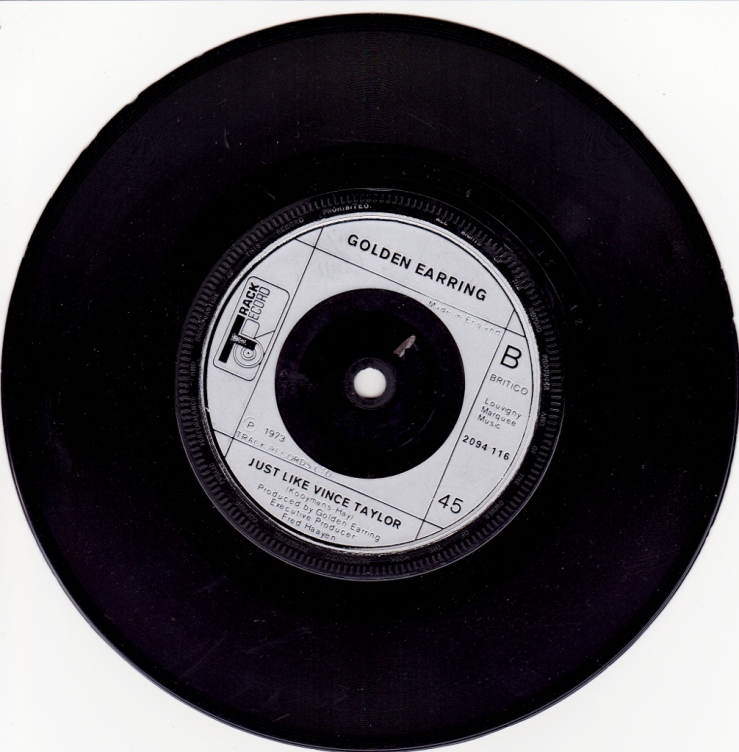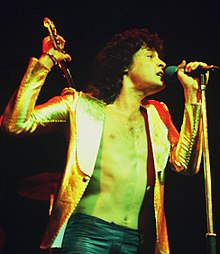
‘Vampyr’ – Don’t fear the reaper…
All Hallows Eve…As we celebrate Halloween, let’s travel back to the origins of this festival, to the ancient Celtic festival of Samhain (pronounced ‘sow-in’). This day marks the end of the harvest and the beginning of the dark, cold winter, a time of year that was often associated with human death. The Celts celebrated their new year on 1st November, what we now call ‘All Saints Day’, and believed that on the night before the new year, the boundary between the worlds of the living and the dead became blurred. On the night of Samhain, 31st October, it was believed that the ghosts of the dead returned to earth…What better time of year to reflect on goth rock, a genre of music to capture the mood, the transition, the history and the feeling…
GOTHIC
’Goth’ comes from Gothic largely late 18th century and Victorian concepts of art, literature, architecture and painting, providing inspiration for writers such as Mary Shelley, Bram Stoker, Matthew ‘Monk’ Lewis and Edgar Allan Poe, fiction defined by Darkness and the grotesque. The gothic novel was defined by these writers, fantastical books like Shelley’s ‘Frankenstein’, Stoker’s ‘Dracula’, Lewis’ ‘The Monk’ and Poe’s ‘The Raven’…Irving’s ’The Legend of Sleepy Hollow’, Wilde’s ‘The Picture of Dorian Gray?’…’Goth’ is inspired by horror films, vampires, werewolves and hideous monsters from the crypt, gothic movies of the 30s…
GOTH ROCK

Goth’s visual roots are back in Rock’n’Roll – deadpan make-up, spiked hair, black leather, darkness, stilettos, black boots, torn black denim, fishnet tights, leather coats, velvet, lace, PVC, biker jackets, dark tattoos, eyeliner…back to Elvis in the 1950s – dangerous, leather clad, moody, hair dyed black like Tony Curtis, whisper of makeup around the eyes…

Christopher Lee as ‘Dracula’
songs about ‘lonely street’, desolation and heartache…50s, 60s and 70s musical and visual influences abound: Little Richard, asexual use of make-up and adornment…The Beatles in Hamburg, influenced by their friends Jurgen Vollmer and Astrid Kirchherr, black leather, echoes of James Dean and Marlon Brando…Jim Morrison and The Doors – obsession with poetic darkness…The Velvet Underground – sunglasses after dark, black leather, Cuban heels, esoteric lyrics, symbolism, erotica and sadomasochism, ‘The Black Angel’s Death Song’…Nico – dark troubling albums…Bowie – ‘Diamond Dogs’, gothic doom, claustrophobic, outside the normal social mores, characters on the edge of society trying to find means of staying alive, ‘Station to Station’, ‘Low’, ‘Heroes’, Berlin…’Krautrock’ – Kraftwerk, Can…
Goth vibrations? Clockwise from top right: Little Richard, Tony Curtis, Lou Reed and Nico
Post-punk, the suicide of Ian Curtis, Joy Division – doomy suicidal lyrics against music that really rocked…Siouxsie and the Banshees – the gothic look, daring to be different…Dave Vanian of The Damned – the early vampiric, tombstone death look…’The Rocky Horror Picture Show’…early Adam and the Ants…Punk/gothic rock band Gloria Mundi – Mick Mercer said of them: “If you showed somebody film of them and said ‘What genre do you think this band belonged to?’ it would be ‘Goth’…With a noose hanging from the stage looking like Victorian beggars, there’s nothing else it could be…”…early Ultravox with John Foxx…Bauhaus playing ‘Bela Lugosi’s Dead’…Sex Gang Children early 80s Brixton – Andi Sex Gang, ‘The Gothic Goblin’ who stayed in ‘Visigoth Towers’…Southern Death Cult and Death Cult, PIL 1982…’The Batcave’, Dean Street, opened in 1982, a Wednesday night club that moved around London, run by Ollie Wisdom from band Specimen, the house band, dark like a death Bowie…The Sisters of Mercy, Dance Society, Dead Can Dance, And Also The Trees, All About Eve, Mick Mercer’s book ‘21st Century Goth…Nick Cave and The Bad Seeds, David Lynch’s ‘Eraserhead’…fragmented cybergoth and techno goth scenes…
Goth only knows…clockwise from top right: Adam Ant, the iconic ‘Eraserhead’ poster with Jack Nance as Henry Spencer, the early Beatles – George Harrison, Stuart Sutcliffe and John Lennon…
Richard Carman, in his biography of Robert Smith, sums up the movement:
“Goth is on the outside looking in; darkness illuminated by scented candles, all tomorrow’s parties when tomorrow never comes; mine not yours, ours – not theirs. Goth is the radiant, bejewelled wasteland in the corner of a Pre-Raphaelite painting, the cold stasis of Celtic ritual sites abandoned in a modern world, the washing of the waves and the blowing of the trees through a dark winter window…”
Left: Laurel Near as the ‘Lady In The Radiator’ (death?) from ‘Eraserhead’, Top right: Kim Morrison, ‘The Lizard King’ – “He was a monster, black dressed in leather…” Bottom right: Klaus Kinski
The sands of time are ever shifting and nobody is looking at the scene from the same perspective, but these for me are the core bands that defined the genre, spawning multiple other acts and sub-genres:
BAUHAUS
” ‘Vampire killer gets life’ was one memorable headline in the local press. Per head of population, Northampton had one of the highest rates of violent crime in the UK.”
David J in ‘Who Killed Mr. Moonlight’

Formed in Northampton, England, in 1978, Bauhaus were Peter Murphy – vocals, Daniel Ash – guitar, David J – bass and Kevin Haskins – drums. In their original incarnation, they recorded four studio albums in the 1980s: ‘In The Flatfield’ (1980), ‘Mask’ (1981), ‘The Sky’s Gone Out’ (1982) and ‘Burning From The Inside (1983), all inventive, dark, commanding albums, quite different from each other but retaining the unmistakeable band hallmarks – A fantastic influential musical legacy.
Originally known as Bauhaus 1919, they were the band playing ‘Bela Lugosi’s Dead’ in the fictitious club ‘Heaven’ in the film ‘The Hunger’, singer Pete Murphy with high cheekbones, hollowed out eyes and all round spookiness..The band were an important part of that early ‘goth’ image, though Peter Murphy, interviewed in 2005 denied Bauhaus were ‘goth’ – He claimed they were ‘glam’ and that ‘goth’ was a myth dreamt up by journalists!
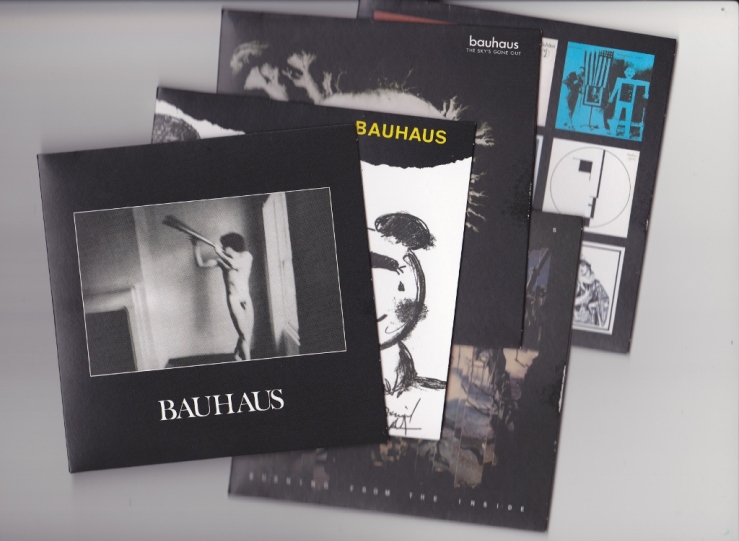
Bauhaus’ debut single ‘Bela Lugosi’s Dead’ defined their sound and a whole genre. David J takes up the tale in ‘Who Killed Mr. Moonlight’:
”Midnight. The room was illuminated by the blue flicker of the TV. Outside, snow fell in a soft, slow drift. The coal fire crackled and spat, its embers all aglow. On the screen, an old black-and-white creepy, the beautiful pale girl recoiling in horror as the elegant vampire moved in for the seductive kill.”
”We talked about all the vampires: the suave Christopher Lee; the hideous Max Shreck as the original, terrifying ‘Nosferatu’; the effective latter-day portrayal by Klaus Kinsky in Herzog’s atmospheric version of the tale; Carl Theodor Dreyer’s early silent masterpiece, and then there was Bela Lugosi…”
”…I was suddenly seized by inspiration on the bicycle ride” home:
’White on white translucent black capes
back on the rack
Bela Lugosi’s dead…’ “
”By the time I got home, I had the whole thing scrawled out on the backs of those yellow labels, I couldn’t wait to take it to band practice that night.”
Bauhaus were known for their spontaneity during the recording process and David J confirms that ‘Bela’ was no exception:
”When it came to the recording of ‘Bela’. Derek quickly miked up the drum kit and amps and then simply rolled tape as we played the track through – one live take, vocals and all, and that take was The One (It was the first time that Peter had ever sung into a studio mic).”
Bauhaus were never dull in terms of musical ideas – David J describes how the band created ‘In The Flatfield’: “The album’s title track was a sprawling spic inspired – if that’s the word – by the quotidian mundaneness of life in Northampton, and the desire to escape that ‘flat’ existence. Peter’s interesting lyric drew on Greek mythology, referencing Theseus and the labyrinth…”

Pete Murphy sings ‘Bela’ in ‘The Hunger’
The band fragmented in 1983, Ash and Haskins forming Tones On Tail, Murphy Dali’s Car (with Mick Karn from Japan) and David J producing solo work. The commercially successful Love And Rockets followed, uniting Ash, Haskins and David J. 1998 saw the orginal band return to the stage and resulted in a live album ‘Gotham’. During another reformation in 2005 when ‘hell froze over’, the band recorded and released a ‘comeback’ album ‘Go Away White’ (2006).

Art was a always a big part of the Bauhaus package and the full extent of the graphics – album covers, singles, posters, concert programmes, backdrops, t-shirts – have been painstakingly gathered together by Kevin Haskins and released as a ‘coffee table’ book titled ‘Undead’.
After a long solo career, Peter Murphy is touring in 2018 with David J, to celebrate the fortieth anniversary of Bauhaus by playing ‘In The Flatfield’ in its entirety, along with a selection of Bauhaus classics. Daniel Ash and Kevin Haskins formed Poptone in 2017 with Haskins’ daughter Diva Dompé, playing Tones On Tail, Love and Rockets and Bauhaus material live, as well as recording new versions of songs.
THE SISTERS OF MERCY
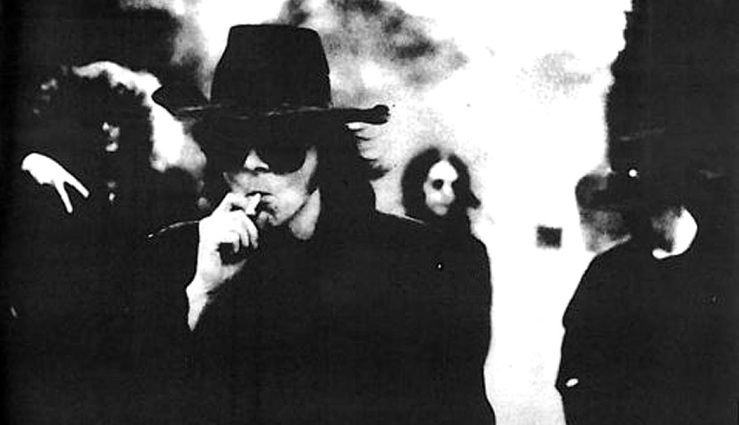
Allegedly named after the Leonard Cohen song from his first album, Andrew Eldritch (vocals, keyboards, guitars, drums ) formed The Sisters Of Mercy with Gary Marx (guitars) in Leeds, England, in 1980. The duo recorded a single ‘Damage Done/Watch/Home of the Hit-men’, Marx recording the vocal for ‘Watch’. Eldritch and drum machine ‘Doktor Avalanche’ are the only continuity in the history of the band from this point on. Craig Adams joined on bass in 1981 and the line-up was completed the same year by the addition of Ben Gunn on second guitar – Gunn played on the band’s early singles before leaving after falling out with Eldritch.
The band’s sound in the early was a stripped down rock with punk overtones and dark vocals, Eldritch sometimes screaming in desperation…Pulsing bass and the programmed beats of Doktor Avalanche the perfect backdrop for Marx driving riffs and lead parts. Atmospheric instrumentals like ‘Phantom’ were perfect foils to great songs like ‘Alice’ (released on an EP produced by The Psychedelic Furs guitarist John Ashton), and dancefloor favourite ‘The Temple Of Love’. Carefully chosen covers like The Stooges ‘1969’ and The Stones ‘Gimme Shelter’ showed that The Sisters could create imaginative interpretations of classic material. The singles all looked so cool – black covers with screenprinted images and text in lurid colours on the Merciful Release label, hosting tunes with snappy titles like ‘Lights’, ‘Burn’ and ‘Body Electric’.
“It was sort of punk. Very basic,” remembers their bass guitarist Craig Adams. “We didn’t really know what we were doing. We were just making it up as we went along, but you catch some bands early and they have this energy and this thrust.”
Wayne Hussey (guitars, backing vocals) replaced Ben Gunn on second guitar and this line-up of the band recorded their debut album ‘First And Last And Always’ (released in 1985), bringing increased commercial success and a development of the sound of the early singles, with more pastoral elements evident and the addition of piano parts. It was still dark though, side one ending in the glorious, doomy ‘Marian (Version)’, my favourite Sisters track, Eldritch singing the last verse in German, adding a bleak European edge. Hussey co-wrote this song with Hussey and all members played their role in songwriting. Marx left the band after the first album, to form Ghost Dance, Hussey and Adams to follow soon after…The duo went on to form the successful goth rockers The Mission with Simon Hinkler (guitars) and Mick Brown (drums).
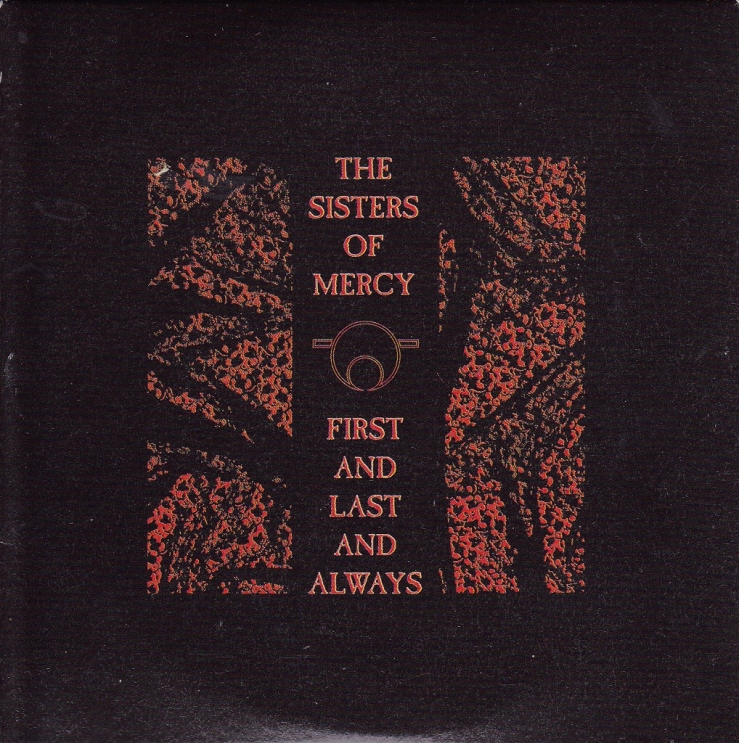
Eldritch licked his wounds and went on to form another version of The Sisters with female bassist Patricia Morrison, a line-up which lasted from 1987-1989, recording the commercially-successful and evocative ‘Floodland’, which spawned the hit singles ‘This Corrosion’ and ‘Lucretia My Reflection’.
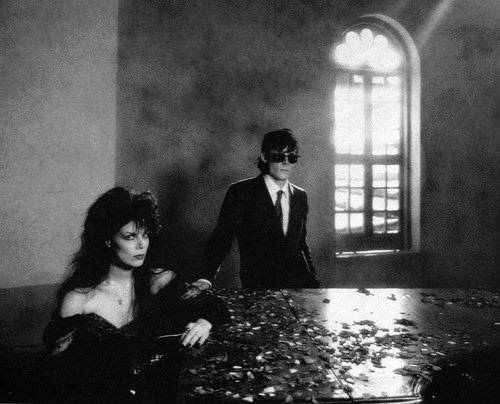
Don’t crumble to dust in the sunlight…Morrison and Eldritch
Yet another phase of The Sisters recorded a third album ‘Vision Thing’ in 1990, with a more metal sound and tough lyrics. Eldritch still records and very occasionally takes to the stage.
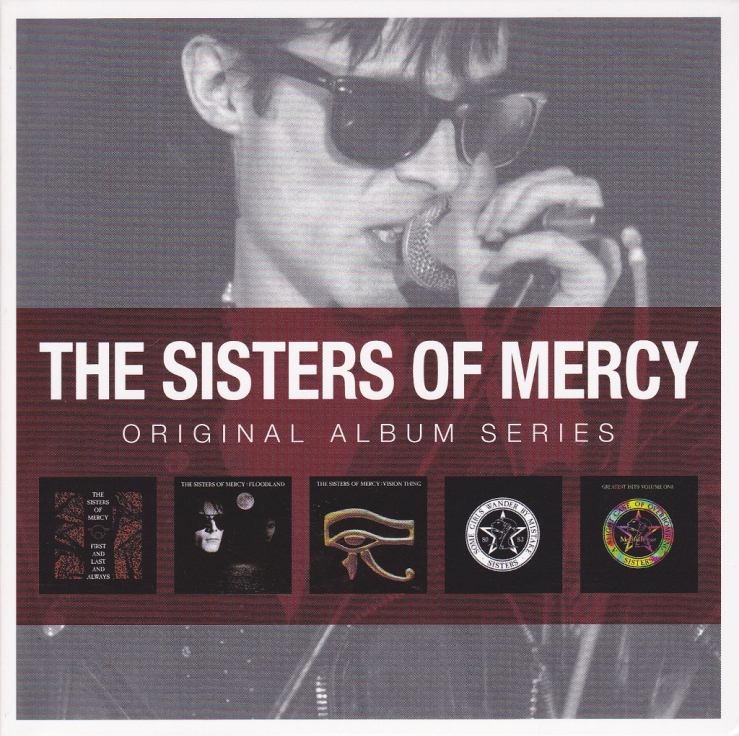
FIELDS OF THE NEPHILIM
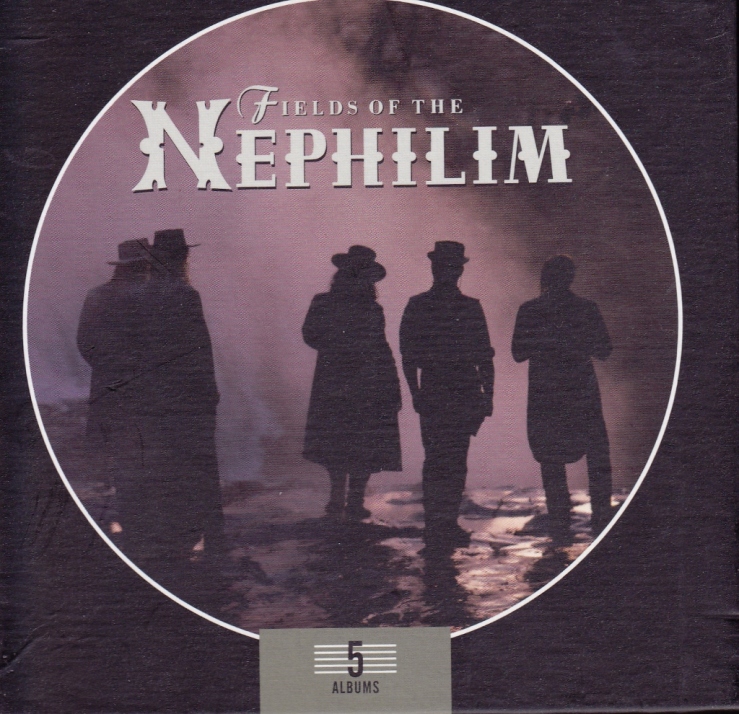
Fields of the Nephilim formed in Stevenage, Hertfordshire, England in 1984, the original line-up consisting of vocalist Carl McCoy, saxophonist Gary Wisker, guitarist Paul Wright, brother Alexander ‘Nod’ Wright on drums and Tony Pettitt on bass guitar. Carl McCoy is the undoubted leader of the band and the inspiration behind much of their spiritual, often pagan, introspective lyrics, the band always delivering on the perfect, complex musical ‘backdrop’ for McCoy’s theatre. Their classic albums are 1987’s ‘Dawnrazor’, 1988’s The Nephilim and 1990’s ‘Elizium’. ‘Comeback’ release ‘Mourning Sun’, released in 2005, was a return to form…
What’s behind the very esoteric band name? According to interpretations of the Bible, “The Nephilim were giants, the violent superhuman offspring produced when wicked angels mated with human women in the days of Noah.” The ‘angels were said to be spirit creatures who rebelled against God when they “forsook their own proper dwelling place” in heaven, materialized human bodies, and “began taking as wives all whom they chose.” (Jude 6; Genesis 6:2) The hybrids born from this unnatural union were no ordinary children – The Nephilim were giant bullies, tyrants who filled the earth with violence. The Bible describes them as “the mighty ones of old times, the men of fame.” According to the books of Genesis and Number, they left behind a legacy of violence and fear…

Carl McCoy
In an interview with ‘Metal Hammer’ in 2008, Carl McCoy offered his take on ‘The Nephilim’:
”The Nephilim has only ever really been touched upon, apart from in recent years, I think that we caused that to become a household name…’nephilim’, I don’t think that was really touched upon much in the past, especially through music and writings…The legendary idea of the nephilim was taken from the Book of Enoch and the Old Testament bible…they were mentioned as being a higher race of beings which had come to the earth to breed – That’s the legend of it.”
Carl McCoy, interviewed for ‘Metal Hammer’ magazine in 2008, describes the experiences that shape his music, and his reasons for forming the band:
”…That’s the fascination for a lot of people, they’re either fascinated by what’s hidden, or they’ve had experiences which are ‘removing the veil’ from what we call ‘reality’…I think that involvement in music was obviously a good way of exploring that…but as far as the watchers, the nephilim…I think my interpretation of that, compared to what may be written down, is not necessarily gonna be the same thing anyway…(interviewer: What was their resonance for you?) It was kind of quite real for me, the chain of events leading up to what caused me to form the band…many things…experiences that reflected my life…life-changing experiences really when I was a youngster…I kinda use my music as my outlet to evoke, you know..them feelin’s…and that presence…”
The Nephilim’s music and lyrics are deep, reflecting on many traditions underpinning modern life. Carl McCoy explains how paganism differs from other beliefs:
”Paganism allows you the chance to look deep inside yourself, whereas other religious faiths, they don’t allow this at all…Whatever tradition you’re following, whether it’s the Wiccan tradition or Shamanism or whatever, what these rituals enable you to do is to cross to higher planes, and anything that is performed or changed on these planes will, in turn, reflect on the real world, and everyone is capable of being able to channel this power, whether they do it for changing their destiny or whether they use it for prediction or divination of any sort…”
”Move back, step outside yourself
Just move back, step outside yourself
Just move back stepping outside yourself
Feel I’m falling upwards looking at hell”
from ‘Blue Water’ by Carl McCoy
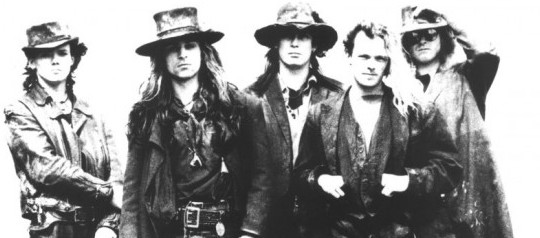
Spaghetti western? Fields Of The Nephilim in full regalia
THE CURE
The essential ‘goth’ albums recorded by The Cure are ’Seventeen Seconds’ (1980), Faith (1981) and Pornography (1982). For me, ‘Seventeen Seconds’ captures gloomy, introspective melancholy perfectly through its writing, playing and production.
In his book on Robert Smith, Richard Carman says:
”Goths themselves will either embrace the band or deny them a place in the goth canon according to the darkness of their own particular vision of what that perennially unfashionable subculture is about.
In Carman’s biography, Clive Timperley how sound engineer Mike Hedges created the drum sound on ‘Seventeen Seconds’ by taping field effect microphones inside the rim of each individual drum so that each drum sound was recorded on a separate channel..The backward effect within the drum sound was achieved because each drum within the kit can be treated separately and with little spillage creating the dryness of the sound. Timperley also note regarding Smith’s guitar that “He had that Roland amplifier sound. We both had the same…He’s got a good jangly sound and it’s basically that Roland JC 120 that he used that’s what gives him the sound and the Fender jazz (guitar)…It’s all a bit kind of clangy and echoey, which is nice it’s suited the bleak presentation…”
Of ‘A Forest’, Carman notes that “Robert’s voice has acquired more of its increasingly pleading helpless tone, slightly wasted, no longer bored but just a little despairing…Seventeen Seconds has a distinctly pastoral tone – forests, reflections, night time…It’s the sound of drops of music splashing into a pool late at night, the windscreen wipers washing the black rain from the windshield…”
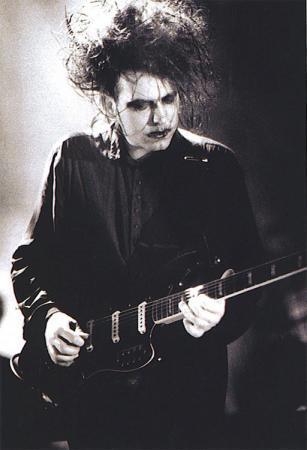
Robert Smith – a walking advert for Boots ‘Firmhold’?!
SIOUXSIE AND THE BANSHEES
Having already established themselves as a live act, Siouxsie & The Banshees achieved UK chart success with their first single ‘Hong Kong Garden’, which made it into the top ten, peaking at number 7. Debut album ‘The Scream’, produced by the eminent Steve Lilywhite, cemented the Banshees reputation as a strong post-punk force, their sound unique and instantly recognisable. ’The Staircase (Mystery)’ single was their second hit, reaching number 24 in the UK.

The first incarnation of the band was: Siouxsie Sioux (born as Susan Dallion) – vocals, Steve Severin (born as Steven Bailey) – bass, Marco Pirroni (later founder of Adam & The Ants) – guitar, and John Ritchie (aka Sid Vicious) – drums. John McKay (guitar) and Kenny Morris (drums) replaced Pirroni and Ritchie before they recorded any material for record company Polydor. McKay and Morris famously departed the band after a bust-up at a signing in The Other Record Shop in Aberdeen, Scotland, on 7th September 1979.
Siouxsie was bitter over the split: ”They flushed everything down the toilet basically and, and I thought it was such a shitty thing to do to anyone, let alone somebody you’d practically lived with for two years…Within about two weeks of rehearsals, we picked up and went back on the road for the ‘Join Hands’ tour.”
Originally a punk band, Siouxsie & The Banshees transitioned over the years through myriad musical styles. Their true ‘goth’ album is their fourth LP ‘Juju’, released in 1981, featuring the considerable guitar talents of ex-Magazine John McGeoch on the signature song, opener ‘Spellbound’. On this recording, the line-up were Siouxsie Sioux – vocals, Steven Severin – bass guitar, Budgie – drums, percussion and John McGeoch – guitar.
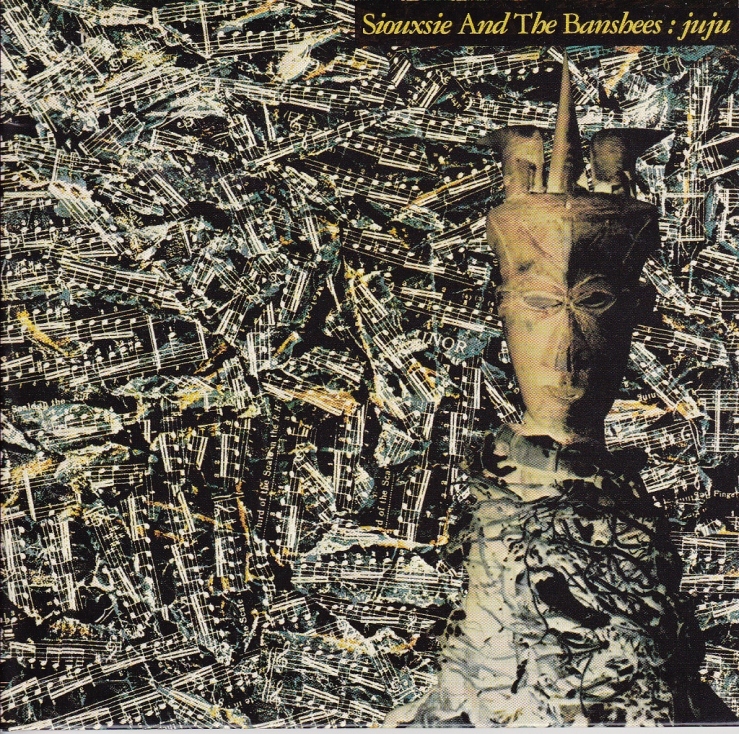
THE MISSION
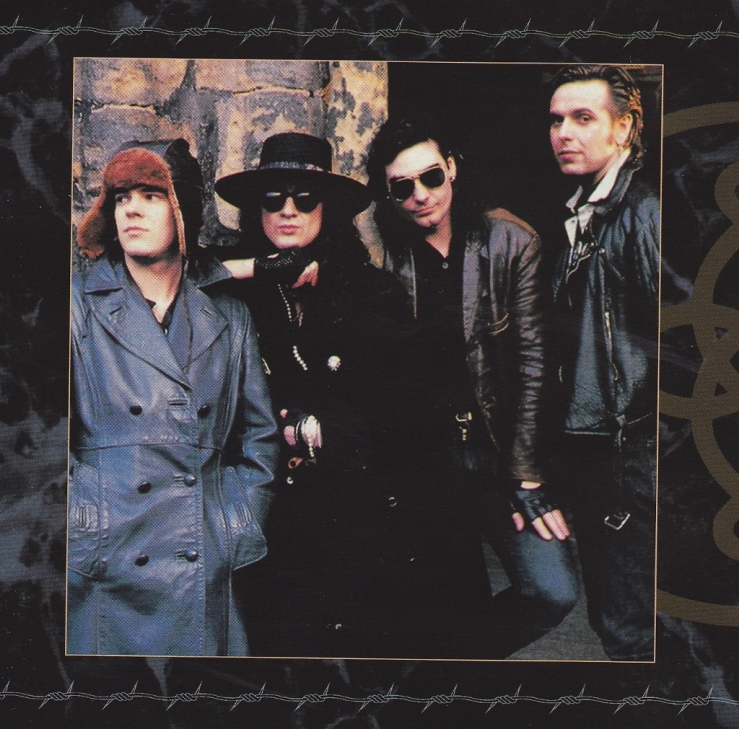
Barbed wire kisses? The Mission strike a pose…
Successful goth rockers The Mission were formed by Wayne Hussey (originally from Bristol, England) and Craig Adams from The Sisters Of Mercy with Simon Hinkler (guitars) and Mick Brown (drums) in 1986. Originally called The Sisterhood (before Andrew Eldritch prevented them from using the name), The Mission released their debut ‘God’s Own Medicine’ in 1986, an album that set out their stall with fantastic songs like ‘Wasteland’, ‘Dance On Glass’ and ‘Severina’, Hussey proving his songwriting and lead vocal talents.
1990’s ‘Carved In Sand’, their third album, cemented their reputation, with songs ‘Butterfly On A Wheel’ and Deliverance’ being two of the best in their long career. Wayne Hussey now lives in Brazil with his actress wife and tours with The Mission periodically.

The Mission playing live in Glasgow, November 2017
DEAD CAN DANCE

Dead Can Dance – a young Lisa and Brendan
Dead Can Dance formed in Melbourne, Australia 1981, relocated to London, England 1982 and signed with 4AD. The original line-up was Lisa Gerrard – vocals, Brendan Perry – vocals, guitar, Paul Erikson – bass guitar and Peter Ulrich – drums and percussion. Gerrard and Perry dominated the band throughout their career, weaving a rich tapestry of musical styles and historical references into their own compositions.
Although the sound on their early recordings has a certain melancholic doom, it also offers hope and later recordings are even richer in texture, my favourite being their sixth album ‘Into The Labyrinth’, released in 1993 – absolute sonic perfection!

NICK CAVE AND THE BAD SEEDS
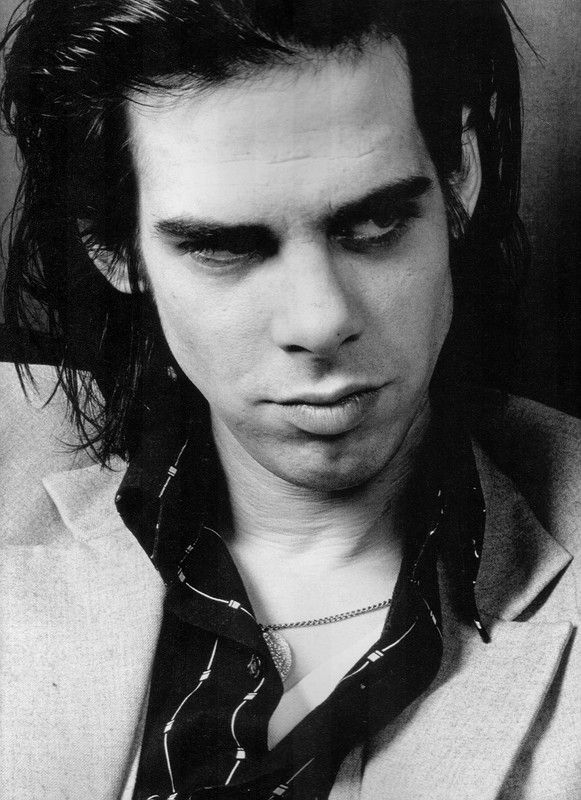
Nick Cave
Nick Cave & The Bad Seeds were an Australian rock band formed in Melbourne in 1983 from the ashes of cult swamp rockers The Birthday Party by vocalist Nick Cave, multi-instrumentalist Mick Harvey and guitarist Blixa Bargeld. A series of gloomy albums with a stripped-back goth feel followed their debut ‘From Her To Eternity’, line-up changing with the years and Cave eventually becoming a ‘crooner’, penning songs like ‘Straight To You’, ‘Into My Arms’ and duetting with the likes of PJ Harvey and even Kylie Minogue!
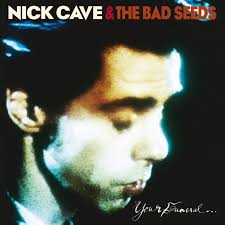
‘Your Funeral…My Trial’ – a Cave classic
Check out the early albums ‘From Her to Eternity’ (1984), ‘The Firstborn Is Dead’ (1985), ‘Your Funeral… My Trial’ (1986) and ‘Tender Prey’ (1988) for the real bad seeds experience…
JOY DIVISION
Formed in Salford, England, the band called Joy Division (formerly Warsaw) burned brightly for a very short time and they only released one album, ‘Unknown Pleasures’, before singer Ian Curtis took his own life and became a musical martyr.
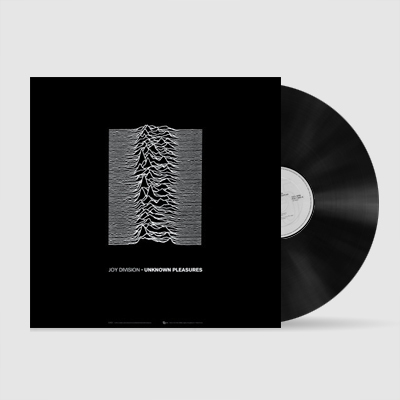
Joy Division were singer Ian Curtis, guitarist and keyboardist Bernard Sumner, bassist Peter Hook and drummer Stephen Morris. Their debut, along with the posthumous LP ‘Closer’, is essential listening and has been a massive influence in music.
THE DAMNED
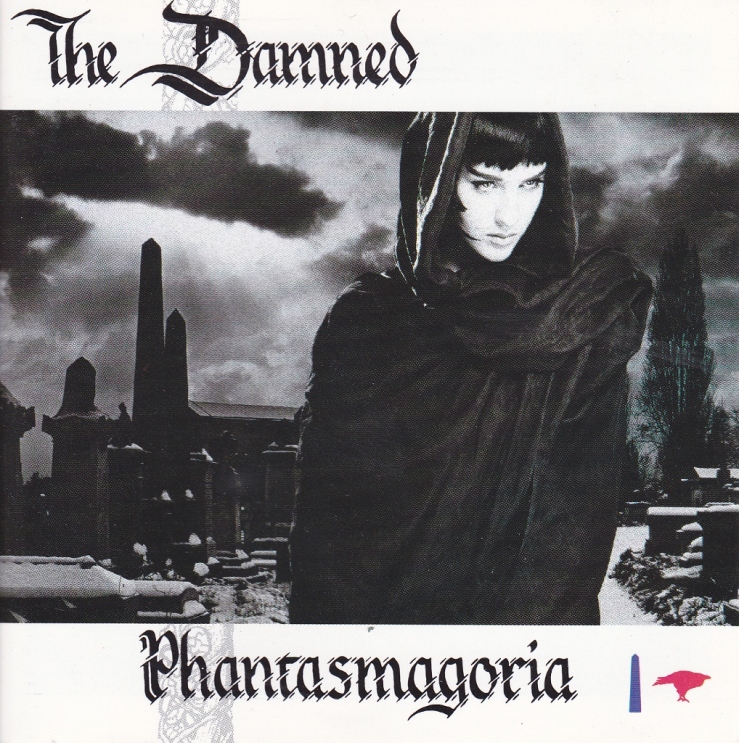
’Phantasmagoria’ is the sixth album by the Damned, released by MCA in July 1985, and a gothic classic from the punk band, featuring the single ‘Shadow Of Love’, Dave Vanian’s dark vocals taking centre stage…For this release, the line-up was: Dave Vanian – vocals, Roman Jugg – guitar, keyboards, vocals, Bryn Merrick – bass and Rat Scabies – drums.

Dave Vanian perfects his vampire look

The Batcave club membership card
‘Goth rock’ has influenced countless bands, artists, writers and filmmakers and continues to do so…carved in sand…45 Grave, The 69 Eyes, Alien Sex Fiend, All About Eve, And Also the Trees, Andi Sexgang, ASP, Assemblage 23, Astrovamps, Ausgang, The Awakening, Balaam and the Angel, Bauhaus, Big Electric Cat, The Birthday Party, Blutengel, The Breath Of Life, Buck-Tick, Children on Stun, Christian Death, The Church, Cinema Strange, Clan of Xymox, Closterkeller, Cocteau Twins, Corpus Delicti, The Crüxshadows, The Cult, The Cure, The Damned, The Danse Society, Dead Can Dance, Death in June, Diva Destruction, The Doors, The Eden House, Eva O, Evanescence, Faith and the Muse, Fields of the Nephilim, Flesh for Lulu, Gene Loves Jezebel, Ghost Dance, Gitane Demone, The Handsome Family, HIM, Human Drama, Ikon, Inkubus Sukkubus, James Ray & The Performance, Jarboe, Joy Division, Killing Joke, Kommunity, Komu Vnyz, Lacrimosa, L’Âme Immortelle, The Last Days of Jesus, London After Midnight, The Lords of the New Church, Love Like Blood, Lycia, Malice Mizer, Mandragora Scream, The March Violets, Marilyn Manson, Melancoldness, Mephisto Walz, The Mission, Mono Inc., Mors Syphilitica, Nervous Choir, Nic Nassuet, Nightmare, Nine Inch Nails, Noctivagus, Nosferatu, Paradise Lost, Paralysed Age, Party Day,Pink Turns Blue, Play Dead, Rasputina, Razed in Black, Red Lorry Yellow Lorry, Rhea’s Obsession, Rome Burns, Rosetta Stone, Saviour Machine, Scarling, Screams for Tina, Sex Gang Children, Shadow Project, Siiiii, Siouxsie and the Banshees, The Sisters of Mercy, Skeletal Family, Southern Death Cult, Specimen, Strange Boutique, Super Heroines, Swans, Switchblade Symphony, Theatre of Hate, These New Puritans, This Mortal Coil, Tiamat, Two Witches, UK Decay, Virgin Prunes, VNV Nation, Voltaire, The Wake, Jim White, Rozz Williams, XIII. Století, Xmal Deutschland, You Shriek, Zeraphine…‘Southern Gothic Horror’: William Faulkner, Eudora Welty, Truman Capote, Flannery O’Connor, Davis Grubb, Anne Rice and Harper Lee… ‘Southern Ontario Gothic’: Robertson Davies, Alice Munro, Barbara Gowdy, Timothy Findley and Margaret Atwood…modern horror: H.P. Lovecraft, Clive Barker, Stephen King, Camilla Lackberg, Anne Rice, Stella Coulson, Susan Hill, Poppy Z. Brite and Neil Gaiman…gothic films: Nosferatu (1922), Dracula (1931), Frankenstein (1931), Rebecca (1940), Dracula (1958), The Pit and the Pendulum (1961), Rosemary’s Baby (1968), Suspiria (1977), Near Dark (1987), The Orphanage (2007)…The Changeling (1980), The Dark Crystal (1982), Something Wicked This Way Comes (1983), The Black Cauldron (1985), Gothic (1986), Labyrinth (1986), The Witches of Eastwick (1987), Cronos (1993), The Crow (1994), Underworld (2003)…

Max Shreck as Nosferatu
References and quotes:
Bauhaus
Haskins, David J (2014). ‘Who Killed Mister Moonlight – Bauhaus, Black Magick and Benediction’. London: Jawbone Press
The Sisters Of Mercy
http://thequietus.com/articles/23082-sisters-of-mercy-interview-wayne-hussey-craig-adams-gary-marx
Fields Of The Nephilim
Carl McCoy Metal Hammer interview: https://www.youtube.com/watch?v=79fuVdCoLas
Carl McCoy on paganism:
https://www.youtube.com/watch?v=enRiMdCqUmI
The Nephilim:
https://www.jw.org/en/bible-teachings/questions/nephilim-giants/
The Cure
Carman, Richard (2005). ‘The Cure & Wishful Thinking’. Shropshire: Independent Press
Siouxsie & The Banshees
Paytress, Mark (2003). ‘Siouxsie & The Banshees – The Authorised Biography’. London: Sanctuary Publishing Ltd.
Lyrics and music:
CDs from the author’s own collection
Photographs:
CDs from the author’s own collection
Online searches































